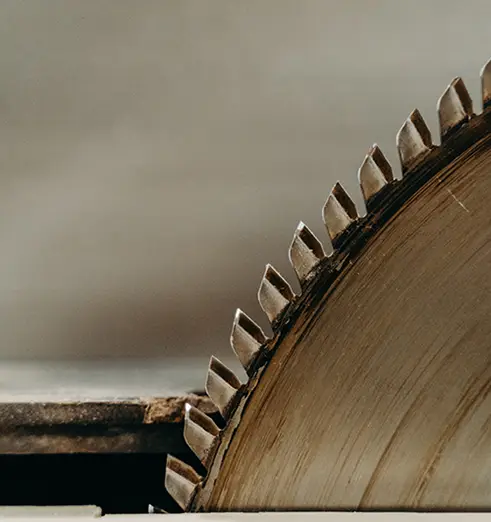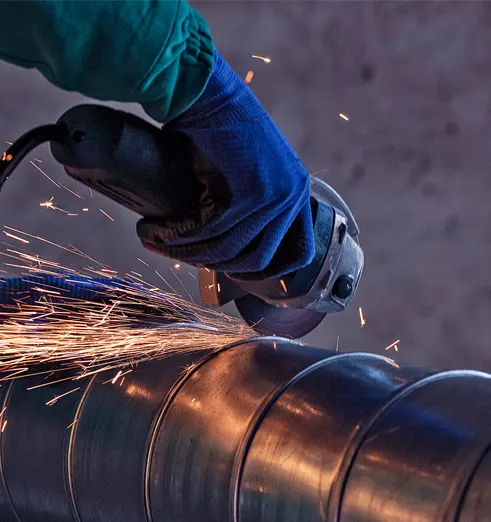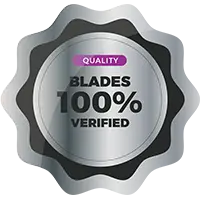Top materials for manufacturing cutting blades

When it comes to manufacturing cutting blades, choosing the right material is essential. Different cutting processes call for different properties -from durability and balance to corrossion resistance and cost-effectiveness.
With that in mind, here is an overview of the most common and trusted materials used in industrial blade manufacturing.
Most common materials used in blade production

Beyond the material itself, it is also essential that it is from the highest quality.
En Cuchillas Ciba nos aseguramos de utilizar los mejores materiales para la fabricación de cuchillas. Solicita más información sin compromiso.








